We were trekking in the Hemis National Park from the last two days. On the first day, we started our trek very late from Spituk village near Leh City, therefore, we couldn’t able to reach our planned destination in the evening. It forced us to camp in the absolute wilderness at an edge of the motorable road. On the second day, we were able to reach Zingchen village in the afternoon. In the night, we camped at a beautiful site near a frozen river, just outside the village. Our Third day in Hemis National Park started with the usual story of Pehle Aap…Pehle Aap (First You). We all had woken up inside the sleeping bags, however, nobody wanted to step out. But, we knew that we couldn’t stay inside for the long period, so one by one, we stepped out from the tent. Our original plan was to move further towards Yurutsu village, but, we were still struggling with our heavy backpacks. We decided to hire a guide and a mule from Rumbak village. Therefore, rather than Yurutsu, we planned to reach at Rumbak Village by the evening.
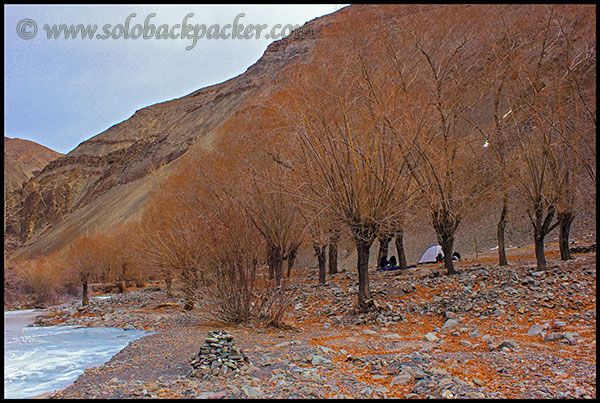
In order to reduce the weight of our backpacks, we again left some food stuffs near the campsite and this time, the victims became a lot of biscuit packets. Leaving our food items doesn’t mean that we just threw them or littered there. We kept them at a proper place, so that somebody from the village could picked them to use at the home. While returning back from the Hemis Park, we indeed met a lady who had picked our packets to use at the home.
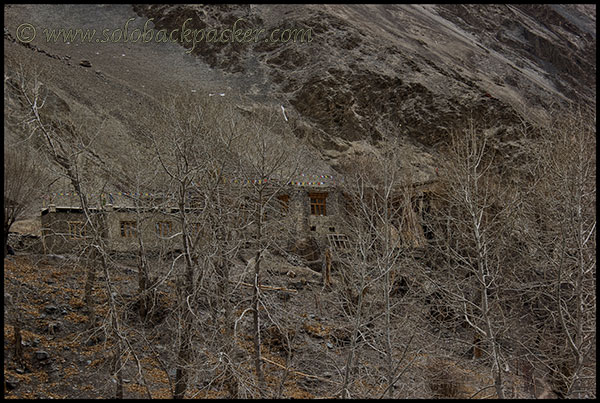
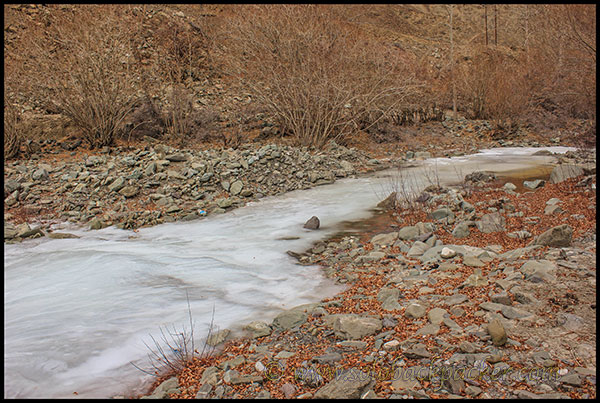
We moved on the road, passing in front of the village. Many people were working in their fields, although the village has only 4-5 households. We reached at the second campsite, again close to the riverbed. Both campsites in Zingchen are equally good to offer a beautiful view of the valley. During the tourist season, second campsite also offers some snacks and tea, where a local person runs a small shop.
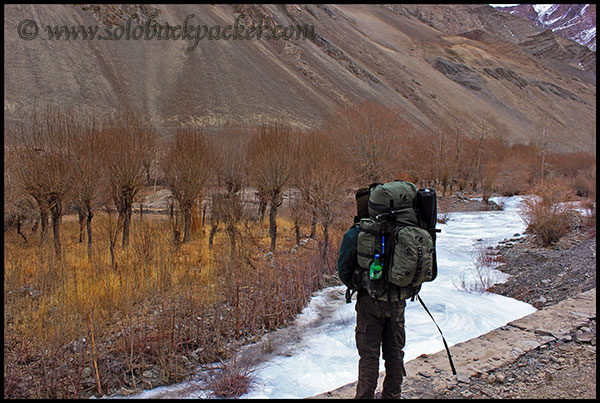
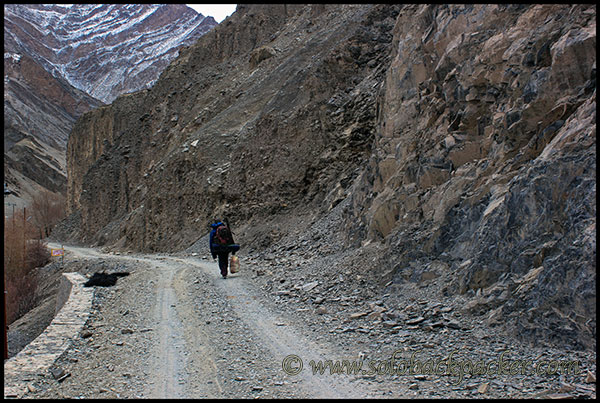
There were frequent movement of vehicles on the road for next 30 minutes. We expected to find a lot of tourist on the trail that day. The paved road from Leh to Zingchen further extends up to a check-post of Hemis National Park in the vicinity of Zingchen village. Although, the territory of Hemis National Park starts from the Spituk Village near Leh, but the core area of the park starts only after Zingchen. The road terminates on the bank of Rumbak river stream and no vehicle can go beyond that. The check-post is completely abandoned and not in use now.
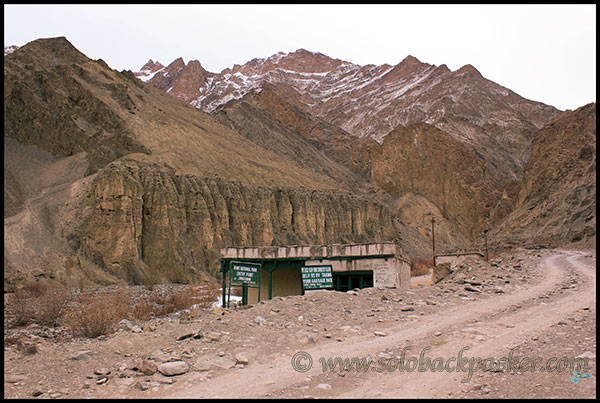
When we reached near the check-post, about 8-10 people were already present. We asked them about so much vehicular movements. They informed that a team of BBC would be there to make a documentary on the world famous Snow Leopards of Hemis. BBC Team was supposed to stay in a camp inside the park area.
The river bed is very wide near the checkpost. The wide and frozen river bed provides a perfect chance to feel the chadar trek. You can walk for hours to get the feel of chadar (frozen ice). It doesn’t look as glamrous as walking on the frozen Zanskar, but then, it is very less risky than the Chadar Trek on Zanskar. We also enjoyed our walk for half an hour. In the meanwhile, BBC Team arrived near the checkpost, but they did not stop. They took their heavy equipments, cameras and tripods on their shoulders and moved ahead rapidly. On the other side, we were moving very slowly under the burden of our heavy backpacks.
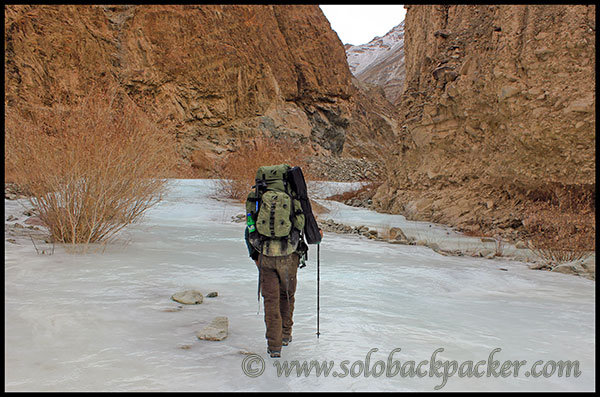
An under-construction, wide road is there after crossing the stream. They are trying to extends the motorable road upto Rumbak village. However, only 2 kms of stretch was under construction during our visit. So, it will take some time to complete the project upto Rumbak village. The road was full of loose stones and sometimes, it was difficult to walk on.
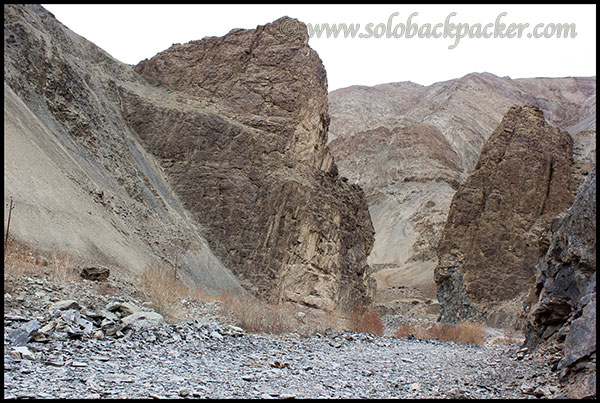
We were about 2 kms beyond the village of Zingchen, when a young man approached us on the trail. He told that he was a guard of Hemis National Park and asked about our permits. And that was a big shock for us! We didn’t have any permit. In fact, whenever we read about the Markha Valley Trek on the internet, we never found any information about the permit requirement. We asked for his identity card, but he did not show. We thought that someone was playing prank with us. We resisted that there was no requirement of permit to reach upto Rumbak village and it was also not mentioned anywhere on the entire trail till that point. He asked us to return back, but we resisted. Then, he threatened to call the higher authorities. I forgot to tell you in last post that BSNL network is available till Zingchen village and beyond Zingchen, there is no mobile network in Hemis Park. However, other networks left our company very soon after 2-3 kms of Spituk village on the second day morning.
Anyway, we continued arguing for 15 minutes, but he didn’t allow us to move further. After so much discussion, we realized that it was a national park and nobody can enter in a national park without a valid permit. So, he could be a genuine person. We agreed to pay for the permit in case he asked us to do so. But, he insisted that there was no way to issue the required permit in the middle of the trek route. It should be issued by the Wildlife Warden in Leh city only. We were stuck in a big problem. We couldn’t return to Leh for the permit, because it required at least two days to reach there, arrange the permit on the next day and again come back to the park, even by using a vehicle. We couldn’t move further also in the absence of a valid permit. Without any other choice, we decided to cancel our trek to Markha Valley. It was a tough moment, but we had to return back.
The surrounding view was breathtaking and we were just arrived in the lap of nature. I tried to convince him one more time and requested him to allow us till Rumbak village only, but he denied again. Then, I asked him about any alternate place, where we could reach without permit. He told us to proceed towards Rumchuk village, about 3 kms away from Zingchen on the other side of the mountains. With the last hope, I asked him about the campsite of the BBC Team. He told that they would stay about 3 kms from the present position. That is supposed to be a nice spot for leopard sighting. We requested him to allow us to camp near BBC Team for that night only and ensured that we would definitely return on the next day morning. He again refused.
We insisted that we couldn’t reach to Rumchuk by the evening as it was already late, so allow us to camp nearby. He thought for few moments and then allowed us to camp near the campsite of BBC Team. Yay! We moved ahead and after two hours of walk, we reached at that camping site. Few tents had already erected there. Two of the tents belong to the guards only, while others were pitched for BBC People and their assistants. We also chose a suitable spot and pitched our tent.
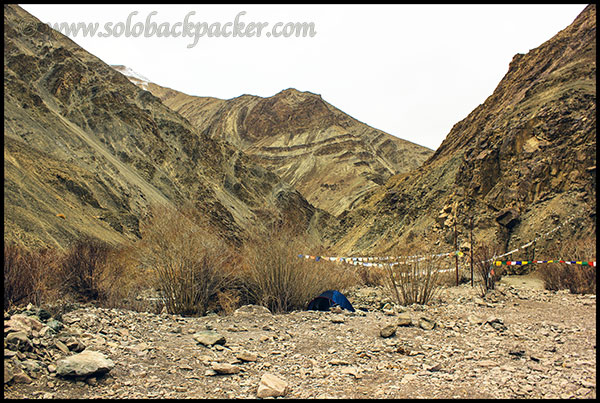
Just like everyday, we were supposed to search the drinking water again, but since few tents were already there, we were quite hopeful that time. I asked Tanvir ji to arrange the water and went outside with D.K. Sir to walk around the campsite. We moved on the trail going towards Rumbak village. On a distant hill , the BBC team was busy in searching snow leopards with their professional cameras as well as telescopes/binoculars. We walked for one km and clicked some photographs.
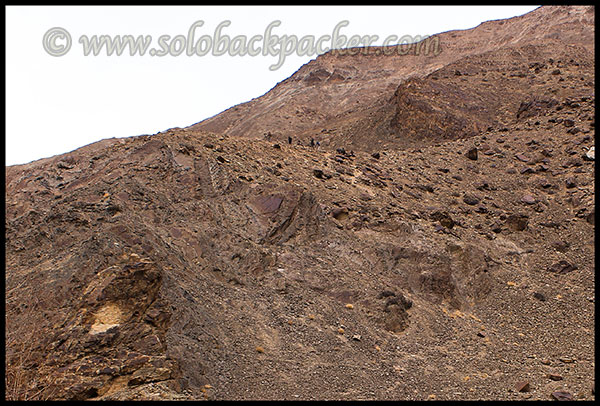
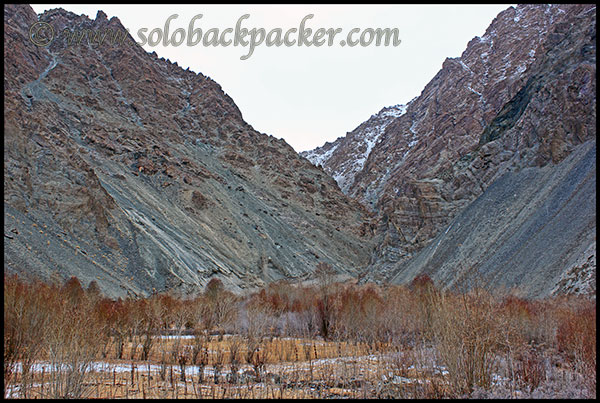
While coming back to the tent, we saw a gentleman, who was a member of the BBC Team. He was also searching for the snow leopard with the help of his telescope on a hill. We approached him and with the help of his telescope enjoyed the breathtaking view of the surrounding mountain peaks.
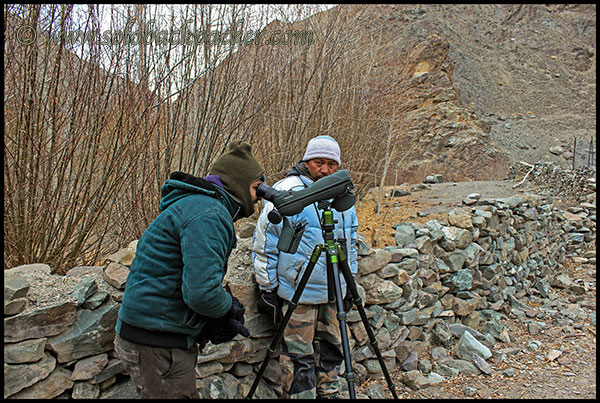
We returned back to the tent soon. When we asked Tanvir ji regarding the availability of water, he told that we had to struggle for the water again. He informed that when he asked the water at nearby camp, the cook said that water was the most precious commodity at that place. They handed over a half-filled glass of water. Only a small source of water was available near the campsite, and it contained very less amount of water. All the water was good to fill 2-3 glasses only and then again we had to wait for some time, so that water could slowly drip in the hole again.
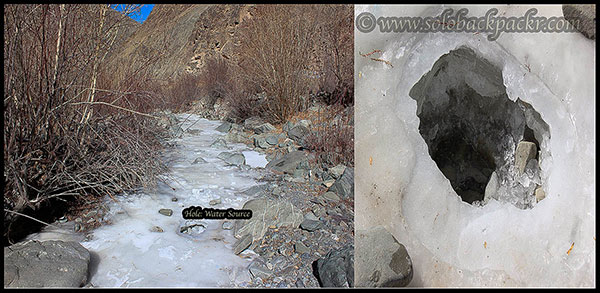
We thought to search for another water source nearby. The Guard was also not present to tell us about any alternate water source. We walked for few minutes, but there was no water source. The river was completely frozen. We scratched the surface of frozen river to collect some fresh snow. We melt that snow to get some drinking water.
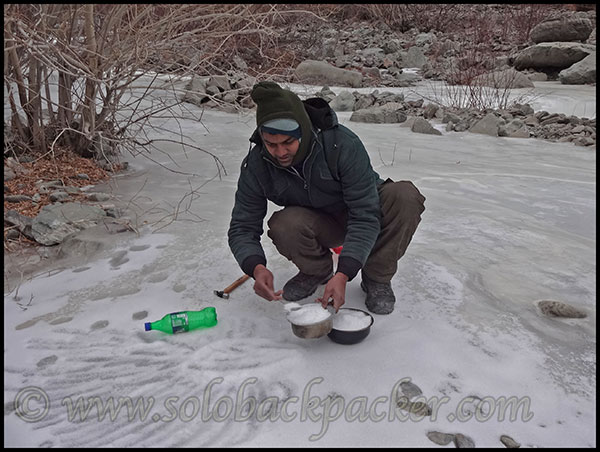
Our stove was also unserviceable, so cooking foods was a big problem. And, there was no homestay to serve us the dinner. We thought that we could pay at BBC Camp to get the dinner. But, before approaching them, I wanted to try my luck with that unserviceable stove. Luckily, that time ,when we required it the most, it worked without any problem.
After dinner, we moved inside the sleeping bags. We had a good sleep, mainly because of the tiredness and never felt cold in the night. But, when we got up on the next day morning, the inner layer of our tent was covered by a thin layer of frozen snow. The outer layer of one sleeping bag was also wet due to the snow flakes, and nothing happened to the other two sleeping bags. We concluded that the design of sleeping bag was such that it dissipated heat of the body outside, but due to the sub-zero temperature that heat condensed over the outer layer in the form of snow flakes.
Later, the guard informed us that the temperature dipped upto -20 degree celcius in the night, however, we slept very comfortably. I thought that our body was slowly acclimatizing with the surrounding temperature at Hemis Park. Spending a night in the zone of snow leopards, inside an isolated tent with two friends under -20 degree celcius temperature was once in a life-time experience. We were expected to return back from that point and it was the end of our awesome journey to the Hemis Park. But was it really the end? No, We had another great night at Rumchuk village with another thrilling experience. What happened on the fourth day? Wait for another post to enjoy our journey in the Hemis Park.


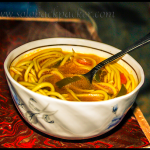
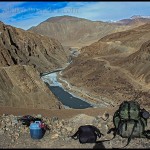
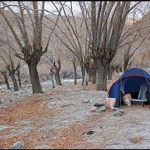
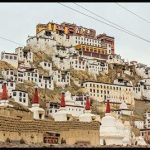
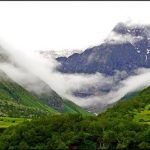
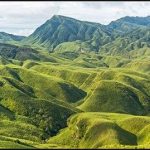
Hi- looks like a great trip in spite of the problems! did you have a map of Hemis? If so, which one did you use and where did you buy it?
Thanks!
Hi, I have a small map of Hemis that I got online. It’s not a proper map, but it gives a fair idea about the hiking trails. 🙂